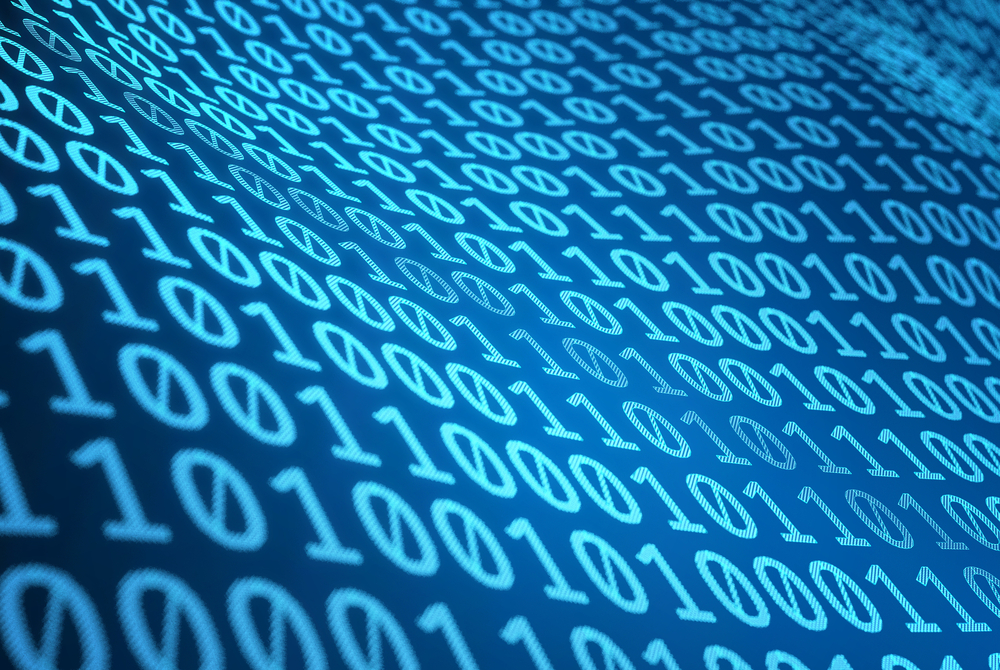
A quantum information scientist from the National University of Singapore (NUS) has developed efficient “toolboxes” comprising theoretical tools and protocols for quantifying the security of high-speed quantum communication. Assistant Professor Charles Lim is part of an international team of experimental and theoretical scientists from Duke University, Ohio State University and Oak Ridge National Laboratory that has recently achieved a significant breakthrough in high-rate quantum secure communication.
Quantum computers are powerful machines that can break today’s most prevalent encryption technologies in minutes. Crucially, recent progress in quantum computing has indicated that this threat is no longer theoretical but real, and large-scale quantum computers are now becoming a reality. If successfully implemented, these computers could be exploited to decrypt any organisation’s trade secrets, confidential communication, and sensitive data retrospectively or remotely.
Quantum key distribution (QKD) is an emerging quantum technology that enables the establishment of secret keys between two or more parties in an untrusted network. Importantly, unlike conventional encryption techniques, the security of QKD is mathematically unbreakable — it is based solely on the established laws of nature. As such, messages and data encrypted using QKD keys are completely secure against any attacks on the communication channel. For this reason, QKD is widely seen as the solution that will completely resolve the security threats posed by future quantum computers.
Today, QKD technology is relatively mature and there are now several companies selling QKD systems. Very recently, researchers from China have managed to distribute QKD keys to two ground stations located 1200 kilometres apart. However, despite these major developments and advances, practical QKD systems still face some inherent limitations. One major limitation is the secret key throughput — current QKD systems are only able to transmit 10,000 to 100,000 secret bits per second. This limitation is largely due to the choice of quantum information basis: many QKD systems are still using low-dimensional information basis, such as the polarisation basis, to encode quantum information.
“Poor secret key rates arising from current QKD implementations have been a major bottleneck affecting the use of quantum secure communication on a wider scale. For practical applications, such systems need to be able to generate secret key rates in the order of megabits per second to meet today’s digital communication requirements,” said Asst Prof Lim, who is from the Department of Electrical and Computer Engineering at NUS Faculty of Engineering as well as Centre for Quantum Technologies at NUS.
In the study, the research team developed a QKD system based on time and phase bases which allows for more secret bits to be packed into a single photon. Notably, the team had achieved two secret bits in a single photon, with a secret key rate of 26.2 megabits per second.
The findings of the study were published online in scientific journal Science Advances on 24 November 2017.
Time-bin encoding
Encoding quantum information in the time and phase bases is a promising approach that is highly robust against typical optical channel disturbances and yet scalable in the information dimension. In this approach, secret bits are encoded in the arrival time of single photons, while the complementary phase states — for measuring information leakages — are encoded in the relative phases of the time states. This encoding technique, in principle, could allow one to pack arbitrarily many bits into a single photon and generate extremely high secret key rates for QKD. However, implementing such high-dimensional systems is technically challenging and tools for quantifying the practical security of high-dimensional QKD are limited.
To overcome these problems for their QKD system, the researchers used a novel combination of security proof techniques developed by Asst Prof Lim and an interferometry technique by Professor Daniel Gauthier’s research group from Duke University and Ohio State University. Asst Prof Lim was involved in the protocol design of the QKD system as well as proving the security of the protocol using quantum information theory.
“Our newly developed theoretical and experimental techniques have resolved some of the major challenges for high-dimensional QKD systems based on time-bin encoding, and can potentially be used for image and video encryption, as well as data transfer involving large encrypted databases. This will help pave the way for high-dimensional quantum information processing,” added Asst Prof Lim, who is one of the co-corresponding authors of the study.
Next steps
Moving forward, the team will be exploring ways to generate more bits in a single photon using time-bin encoding. This will help advance the development of commercially viable QKD systems for ultra-high rate quantum secure communication.



